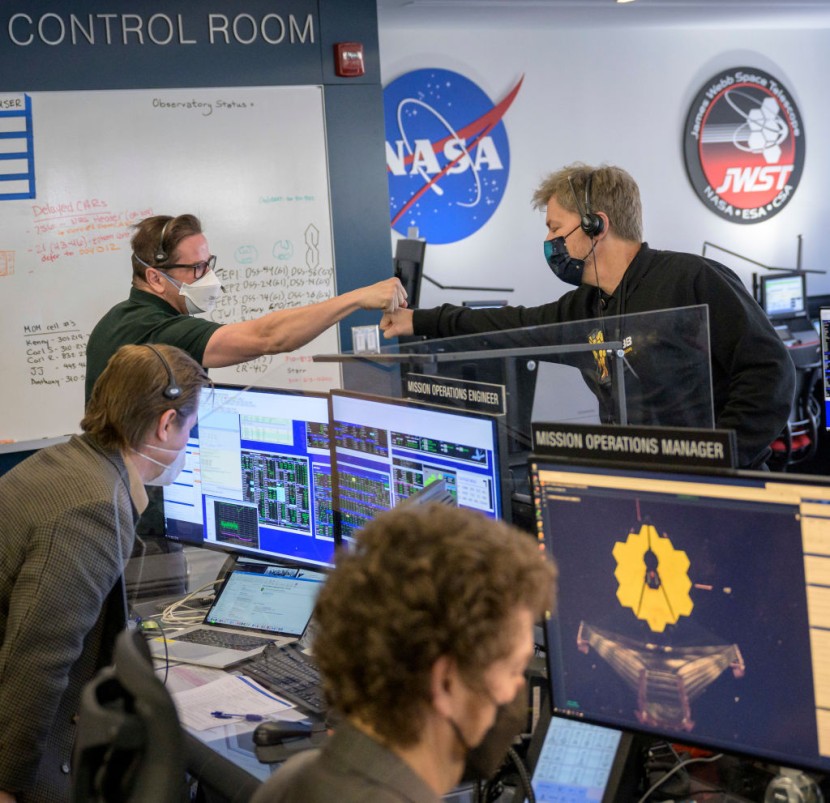
The James Webb Space Telescope reaches its final destination on Monday, nearly a million miles away from Earth, after its launch almost one month ago.
NASA confirmed that the world's largest and most powerful telescope has successfully arrived at its designated observation post, an orbit around the Sun. The space agency said the operation went as planned.
However, there is still a need to make all the necessary adjustments and calibrations on the $10-billion observatory's scientific instruments before observations start in June. Nevertheless, flight controllers in Baltimore were euphoric after another success, per AP News report.
In a statement, NASA Administrator Bill Nelson congratulated the team for their efforts to ensure Webb's safe arrival at L2 (the name of its designated orbit around the Sun).
"We're one step closer to uncovering the mysteries of the universe. And I can't wait to see Webb's first new views of the universe this summer!" said Nelson.
Astronomers will be able to peek further back in time than ever before, all the way back to 13.7 billion years ago, when the first stars and galaxies were formed. Scientists believe it has only been 100 million years since the "Big Bang," the time when the universe began.
Webb will also investigate the atmospheres of extraterrestrial worlds for possible signs of life, in addition to making stellar studies.
Orbit in Space Is Perfect Location For The Space Telescope
Weeks ago, the space telescope, launched from French Guiana on Christmas Day, has unfurled its tennis court-size sunshield and unfolded a large gold mirror dubbed the "golden eye" that will assist in its new methods of space exploration from Webb's orbit L2, where it is safe from the sun's heat, per CNN.
According to a NASA official, the speed of the Ariane 5 rocket, which launched Webb into space, was just enough to put the giant telescope on its designated point in space. The telescope might have overshot the orbit and exposed its mirror and instruments to the sun if the rocket had been moving much faster.
The primary mirror on the Webb is roughly 6.5 m (21.3 ft) in length. According to CBS News, scientists had to use origami techniques to fit it into the Ariane 5 rocket, one of the European Space Agency's contributions to the project. The Ariane 5 is regarded as one of the world's most reliable launch vehicles.
The L2 location is excellent for Webb because the gravitational forces of the sun and Earth will keep the spacecraft in orbit without requiring much thrust. And, unlike the Hubble Space Telescope, which passes in and out of Earth's shadow every 90 minutes, it will make the Webb take a clearer picture of the universe.
Coming Soon: Better Photos of The Universe
Moreover, due to its orbit, teams on Earth can communicate with the space observatory through the Deep Space Network, which comprises three huge antenna ground stations in Australia, Spain, and California.
Now that the James Webb Space Telescope is in orbit, NASA engineers and scientists will work on the critical adjustments in its sophisticated equipment in the next five months.
The observatory's first photographs are expected to be captured this summer.
Related Article : NASA Refuses To Rename Its $10 Billion Technological Marvel; The James Webb Telescope Launches In December








